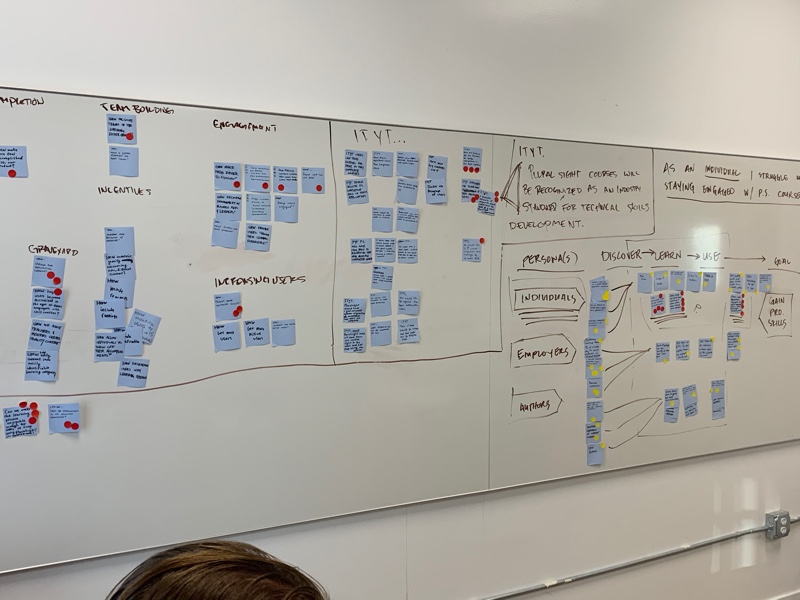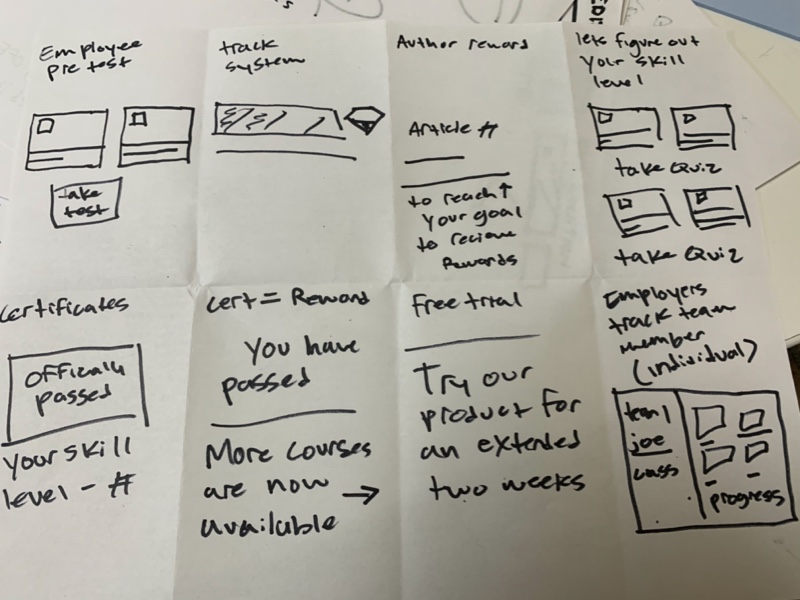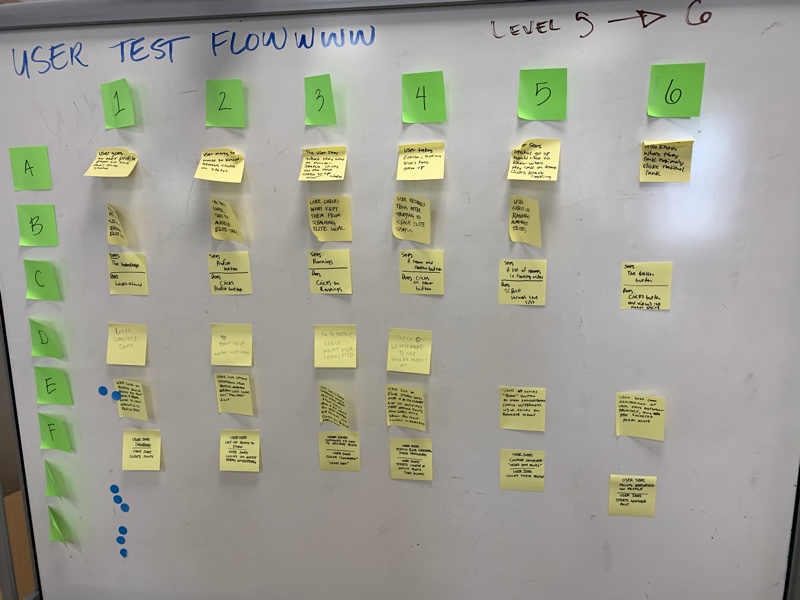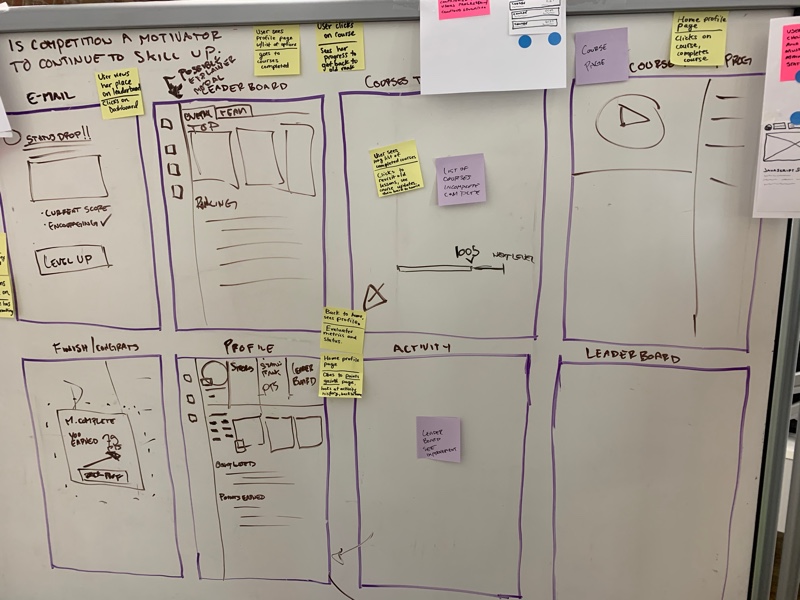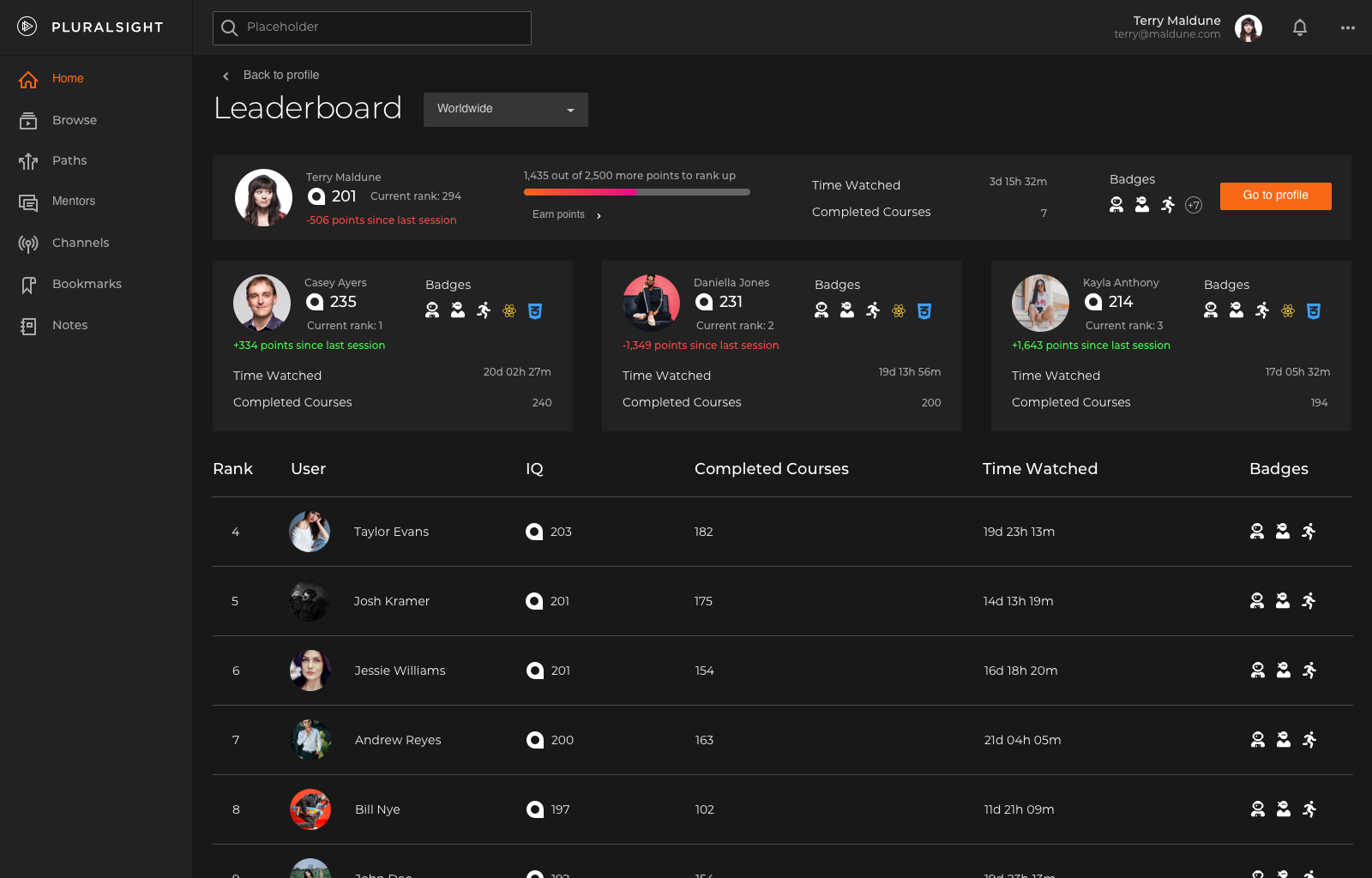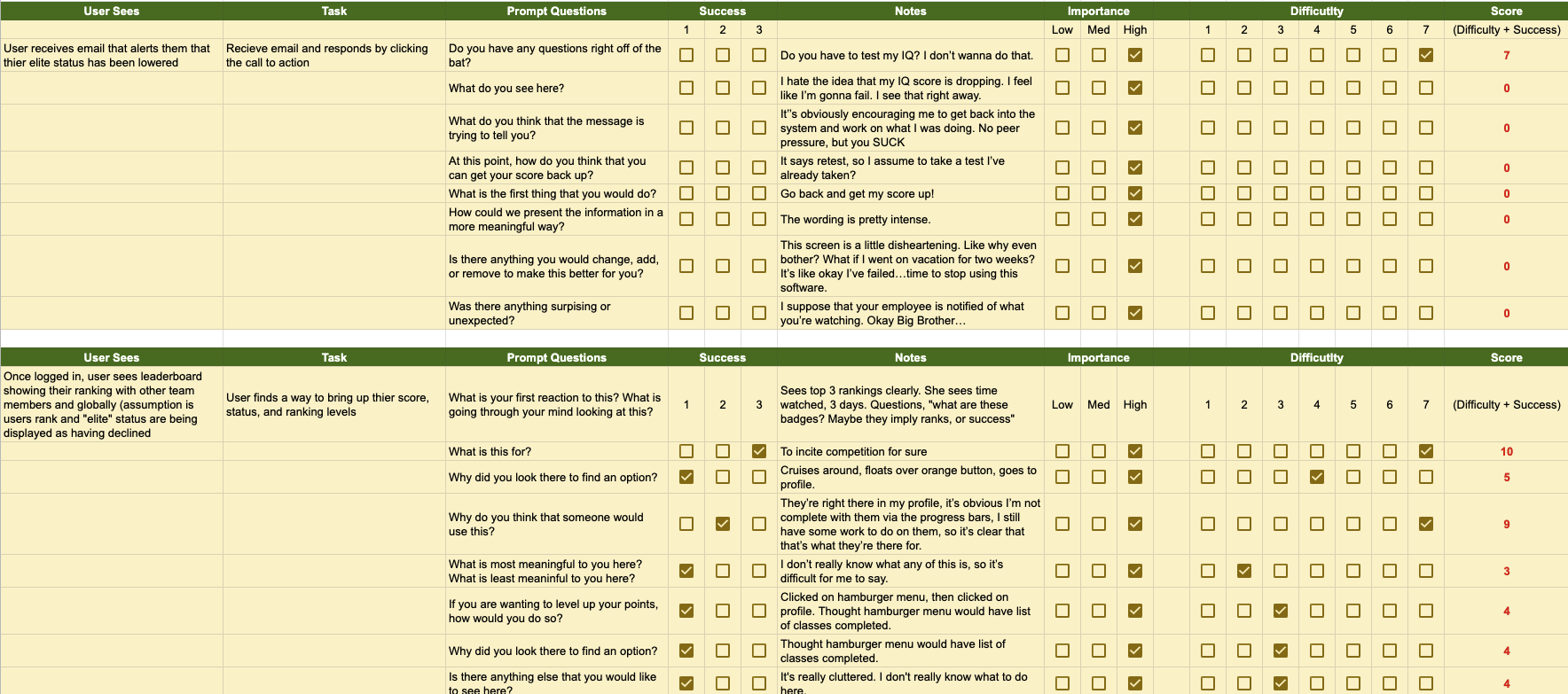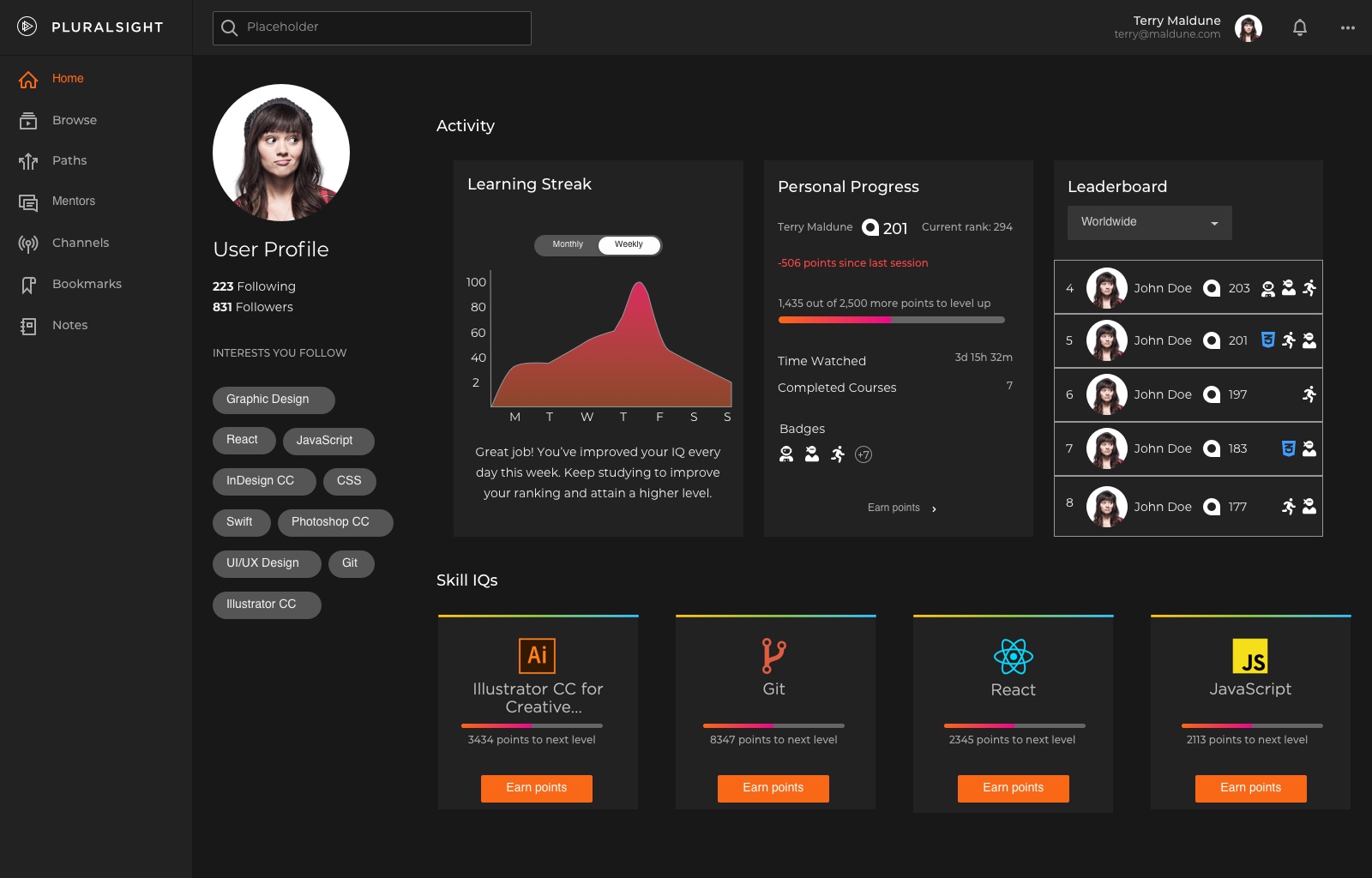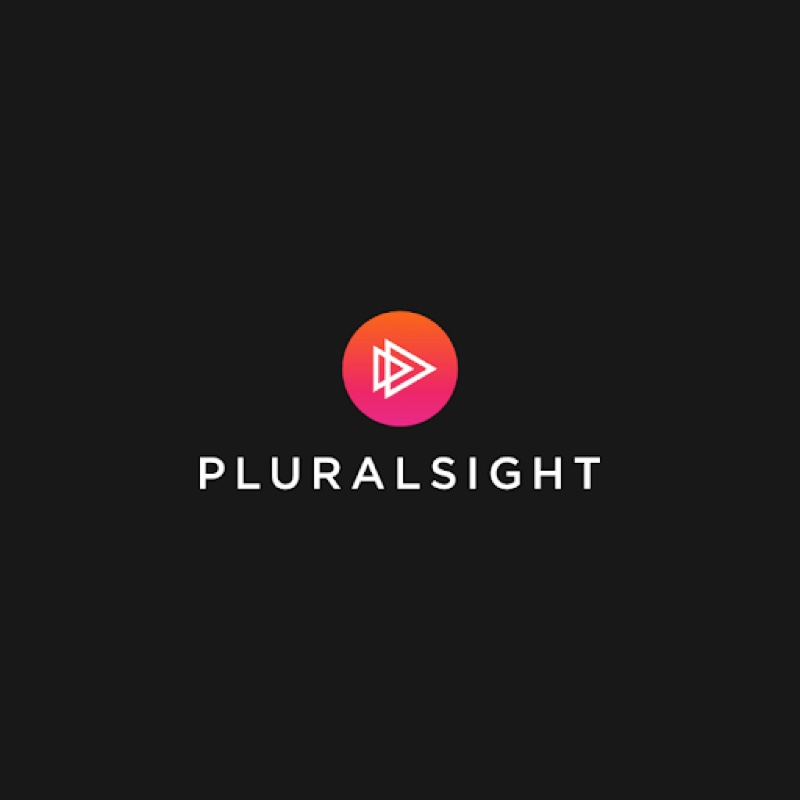
Overview
Pluralsight offers a variety of video training courses for software developers, IT administrators, and creative professionals through its website.
This case study is a high fidelity desktop application based on a potential feature that will have the user engaged and have them return to Pluralsight for progressing their education.
This exploration was done of my own accord and at no point was I an employee of Pluralsight.
Role
UX Design Class
Length
2019 Design Sprint - Four Days
